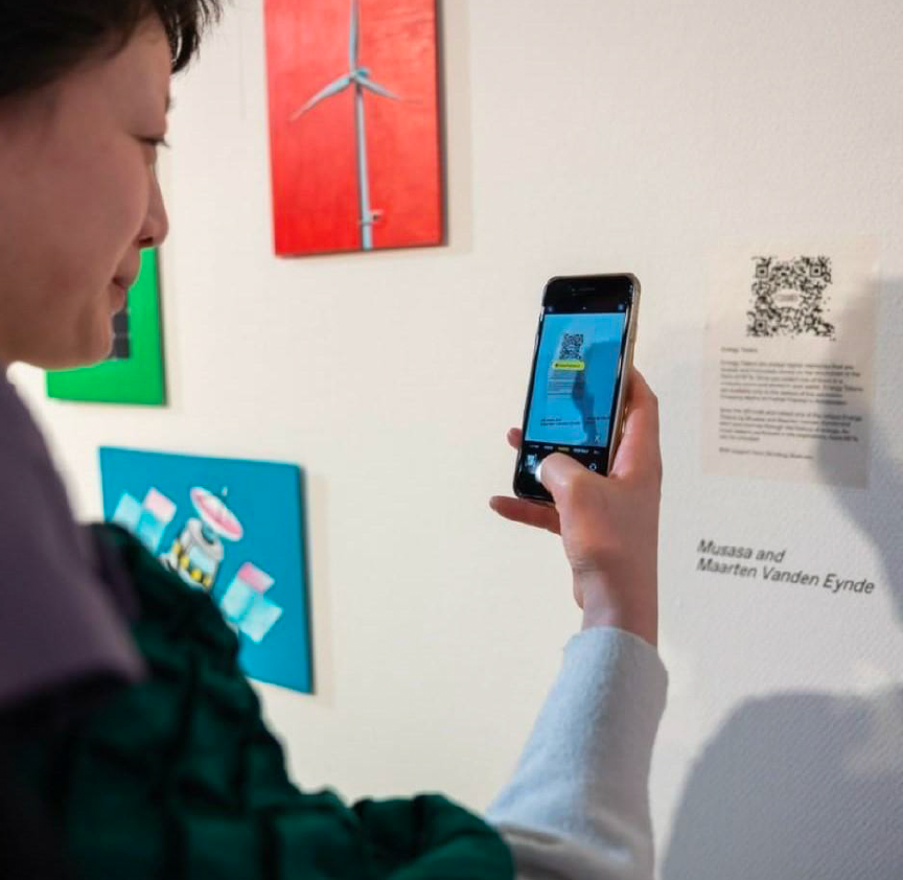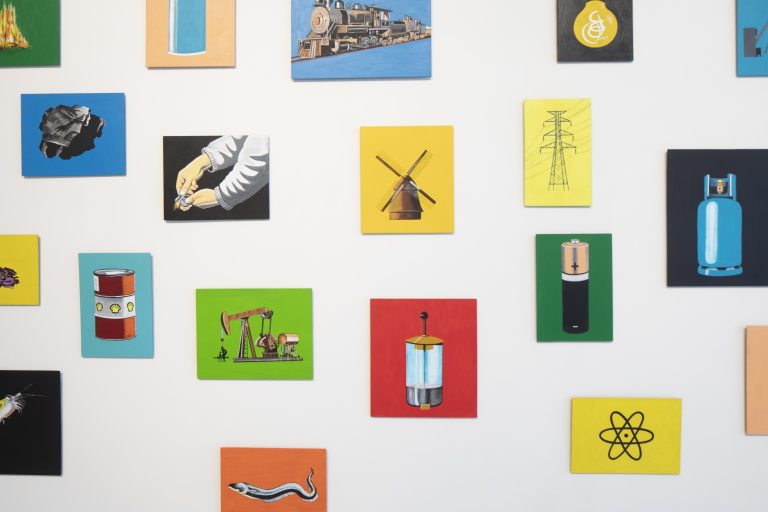Towards Decentralised Art Infrastructures

On Friday, 26 May at 16:00 I will join the discussion Towards Decentralised Art Infrastructures alongside Aiwen Yin, Yazan Khalili and Balázs Bodó. We will talk about art, blockchain and the commons and the need for public, open and decentralised digital infrastructures in the cultural sector at Framer Framed. The talk is part of the Energy Tokens project I developed with Framer Framed, Musasa, Maarten Vanden Eynde, Aiwen Yin, Janine Zielman and Leonardo Dellanoce.
Towards Decentralised Art Infrastructures
What do buzzwords like coops, commons, and the social and solidarity economy exactly mean in the day-to-day practices in the art world? How can these concepts apply to the everyday life of the artists, or shifting routine organizational patterns in cultural spaces, or even the democratizing funding systems? Furthermore, can art contribute to a more equitable society with these practices, while liberating itself from the never-ending circles of “show business”?
Similarly, the nascent web3 scene has comparable sets of concerns dubbed by technical jargons like DAOs, Governance Tokens and NFTs. By leveraging the power of decentralised networks, it can authenticate without central authorities, organize with flexibility and horizontality, and automatically execute collective agreements. Thus, it enables new models of ownership, funding, and collaboration that challenge traditional power structures and facilitate more equitable, sustainable and inclusive forms of community artistic practices.
How do these technological affordances help transform the way artists, cultural spaces, and communities interact and exchange value with each other? What does blockchain technology offer for collective practices and funding pipelines? How can blockchain empower a new generation of art to challenge hegemonic funding structures? Can it support independent cultural spaces and art collectives to organize differently beyond the influences of Big Tech? And finally, how does the art world respond and engage with the legal, political and environmental implications of this new technology?
During Towards Decentralised Art Infrastructures at Framer Framed, we invite speakers who approach blockchain from the perspectives of system designer, art collective, creative technologist and academia, exploring the societal, economic, environmental and artistic implications of blockchain technology and its significance for building decentralised art infrastructures.
Energy Tokens
For Framer Framed and Stichting Stokroos I developed the project “Energy Tokens”. The goal of the project was to explore, research and experiment with web3 technologies and exhibition making.
Energy Tokens are unique digital memories that are forever and immutably stored on the blockchain in the form of NFTs. Visitors of the exhibition at Framer Framed were able to collect the NFTs through a QR code in the space. Energy tokens have 30 economic symbols depicting the history of energy. Available only to the visitors of the exhibition Charging Myths at Framer Framed in Amsterdam, the Energy tokens are divided into two generations: the first 20 depicting current technologies and energy sources, the second showcasing primal sources of energy - untouched by mankind.
In order to obtain the second generation Energy Tokens, participants have to create a narrative and go back in time, finding another participant to match with and combine tokens to obtain the 10 special ones.
Energy Tokens is an experiment conducted by Musasa, Maarten Vanden Eynde, Aiwen Yin, Janine Zielman and Leonardo Dellanoce.
